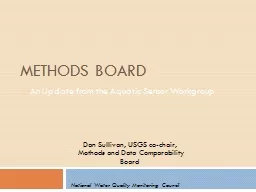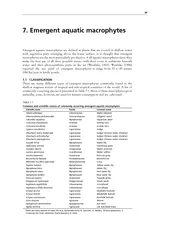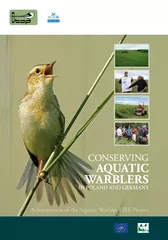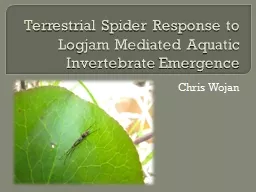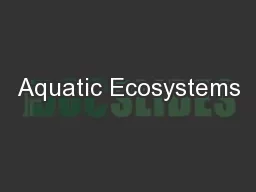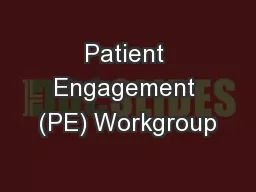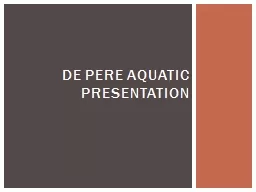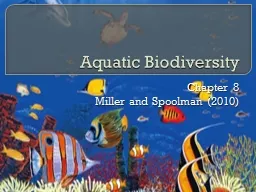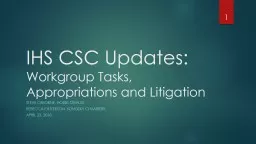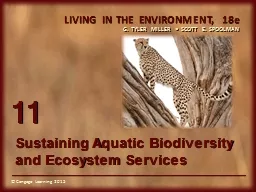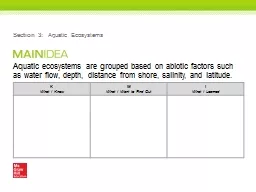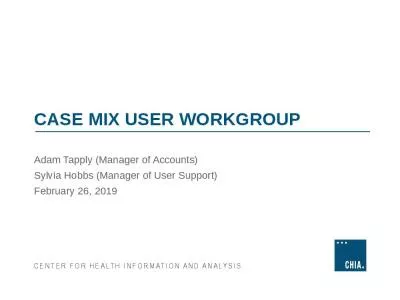PPT-METHODS BOARD An Update from the Aquatic Sensor Workgroup
Author : faustina-dinatale | Published Date : 2018-11-04
Dan Sullivan USGS cochair Methods and Data Comparability Board National Water Quality Monitoring Council Outline The Aquatic Sensor Workgroup ASW Tools developed
Presentation Embed Code
Download Presentation
Download Presentation The PPT/PDF document "METHODS BOARD An Update from the Aquatic..." is the property of its rightful owner. Permission is granted to download and print the materials on this website for personal, non-commercial use only, and to display it on your personal computer provided you do not modify the materials and that you retain all copyright notices contained in the materials. By downloading content from our website, you accept the terms of this agreement.
METHODS BOARD An Update from the Aquatic Sensor Workgroup: Transcript
Download Rules Of Document
"METHODS BOARD An Update from the Aquatic Sensor Workgroup"The content belongs to its owner. You may download and print it for personal use, without modification, and keep all copyright notices. By downloading, you agree to these terms.
Related Documents

